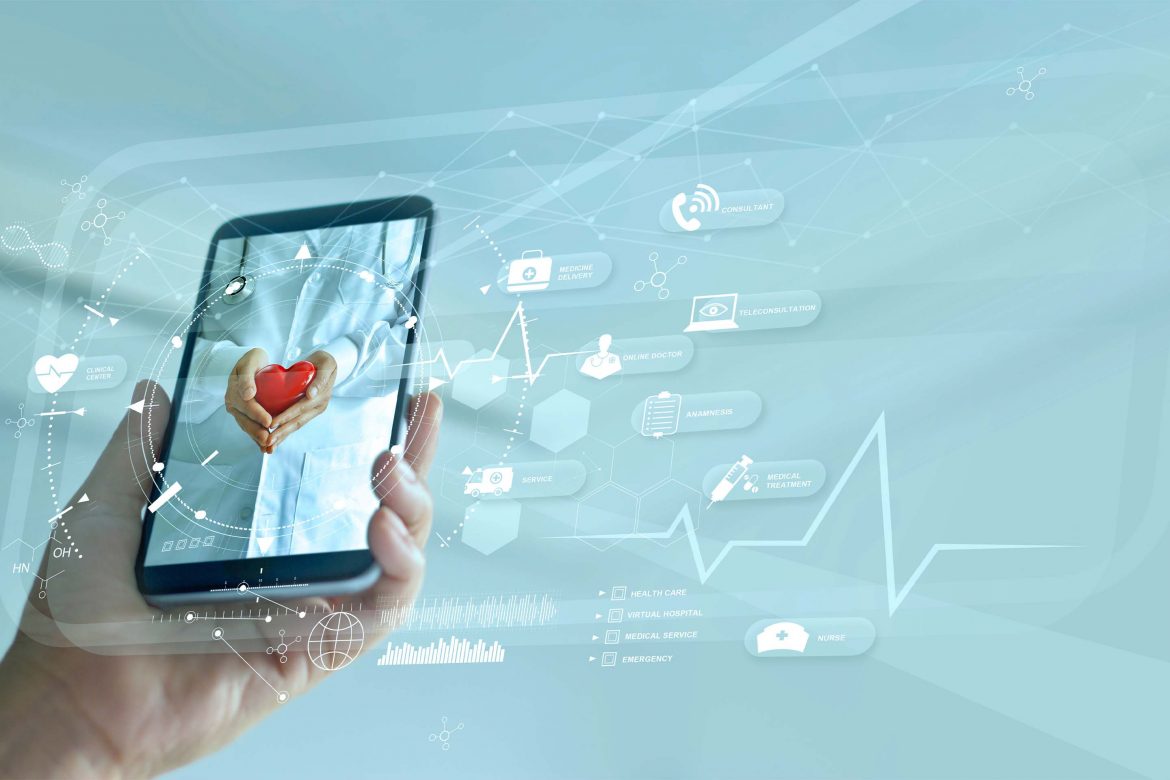The use of mobile technology has skyrocketed, and there is absolutely no shortage of different applications for different uses. In public health care, many are searching for a single overall solution for all needs. Is one mobile application enough for healthcare?
Public health IT solutions are often large-scale and complex. Security and data protection are vital considerations. Efforts are often made to facilitate overall management by seeking a single comprehensive solution that meets as many needs as possible. This applies to both electronic health records and related mobile solutions. However, such an approach is not ideal.
‘Overall solutions’ have their problems
An expensive ‘overall solution’ may just about meet the needs that exist at the time of purchase, but how flexibly could it be adapted to meet new needs? And do we really have the luxury in healthcare of settling for solutions that ‘just about’ work? If the chosen solution does not support healthcare personnel in their work, everyone suffers. Most importantly, this includes patients.
It is often said that there is a desire to reduce the number of solutions available to organisations. This is appropriate in some cases, for example when solutions overlap or do not interact with each other. It is important that all solutions and applications used are appropriate, user-friendly, and mutually compatible. However, reducing the number of these solutions should not be an end in itself. In other words, although a reduction in number may be appropriate, in practice we still need several solutions. It is essential for an organisation to find the best solutions to suit its own needs.
Use of mobile technology has skyrocketed
The usage rate of mobile technology – smartphones and other wireless smart devices – has been increasing steadily worldwide for several years.1 In 2020, 91 per cent of internet users also used the internet on mobile devices. More than half of all global internet traffic already comes from mobile devices.2 Consequently, the number of mobile applications has also grown exponentially. In the largest app stores on the market alone, approximately six million apps were estimated to be available in 2020.3 In consumer use, we are accustomed to downloading, testing, removing and reinstalling applications according to our needs and preferences.1. In most cases, apps that suit a particular purpose and are intuitive to use turn out to be the most popular.
As the number of mobile applications in consumer use has skyrocketed, healthcare services are also expected to have a capacity for mobile solutions. Expectations are set by both service users and their providers, such as nursing staff. Expectations can be met by choosing genuinely functional and user-oriented solutions.
Mobile applications in healthcare
As mobile technology becomes ever more common, there has also been a dramatic increase in the use of mHealth applications, as they are called, for healthcare and wellbeing purposes. As early as 2015, there were estimated to be approximately 100,000 mHealth applications1, and that number is expected to exceed half a million in 20214. This figure includes applications for professional healthcare purposes, as well as sports and exercise apps for consumers.1. What’s the use of so many apps?
Just look at your phone – one app isn’t enough
The purpose of use is the key consideration. Each application is optimised for a specific use. The most successful applications in their field are the best for what they were specifically designed to do. Although it is usually possible to do something else with an app as well, the same application is often not the best for other purposes.
Just think of Google Maps, a map app that practically everyone is familiar with. It’s excellent for navigating by car, and the era of separate car navigators seems to be over. However, Google Maps does not know how to determine bike routes anywhere as well as car routes. And what if we need a terrain map for hiking? The only solution here would be to download a separate hiker application.
Do you use the world’s best mobile solution?
Applications that are optimised for a specific purpose are particularly needed in cases where professionals are involved in challenges related to human health -– and even life and death. It’s always a good idea to choose the solutions that best support a particular workflow. At its best, a mobile app is a tool that excellently supports the given workflow: in other words, one that operates almost without being noticed.
It is also important to take into account the different needs of the app’s user groups. Let’s think about a mobile application used in a hospital, for instance. A doctor’s primary needs for a mobile app are quite different from those of a nurse – not to mention other occupational groups, such as physiotherapists or social workers.
The conclusion is that multiple mobile applications can, and often should, be used at the same time in healthcare. Amongst the many possibilities available, everyone will surely find the most suitable ones for themselves.
SOURCES:
